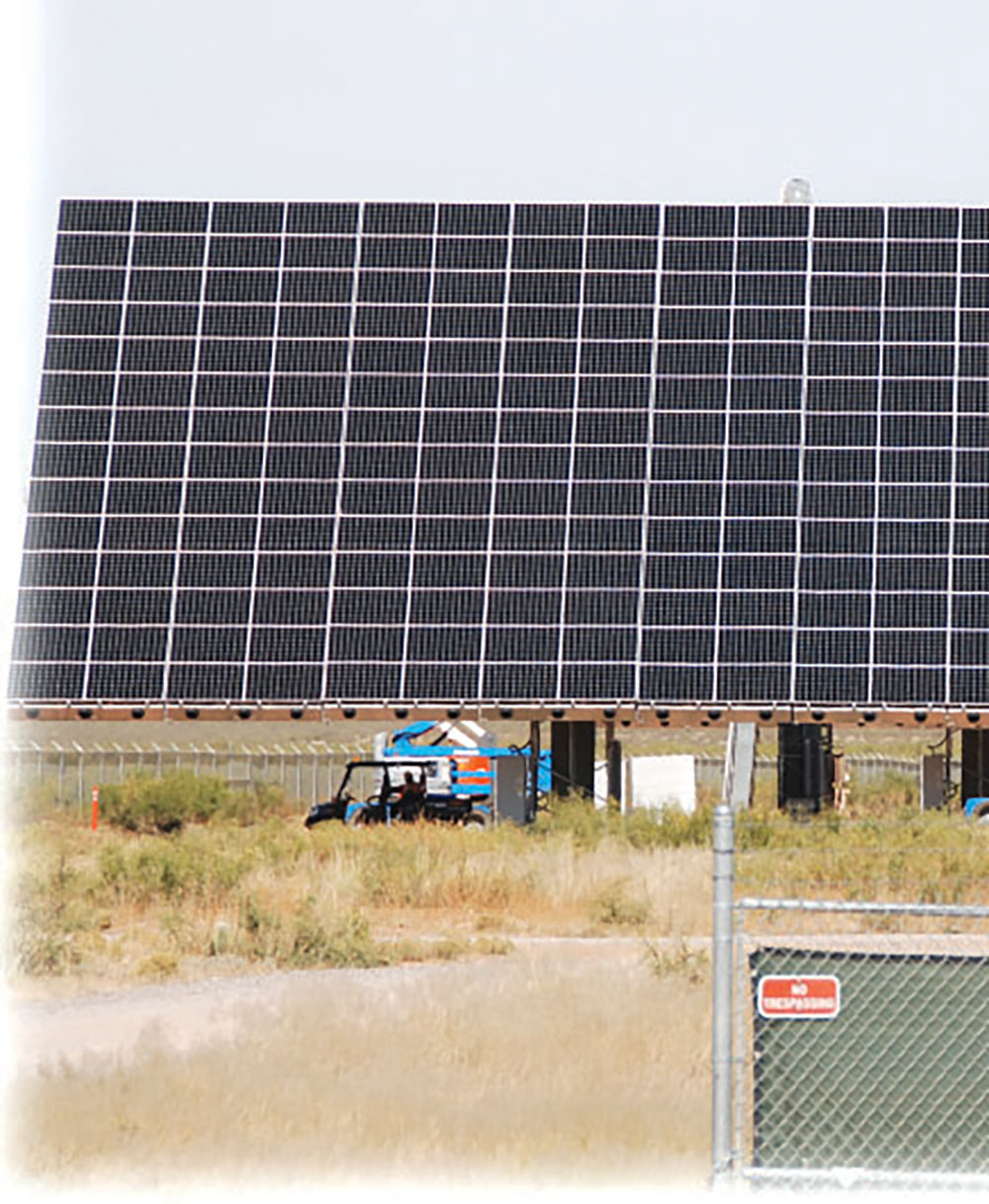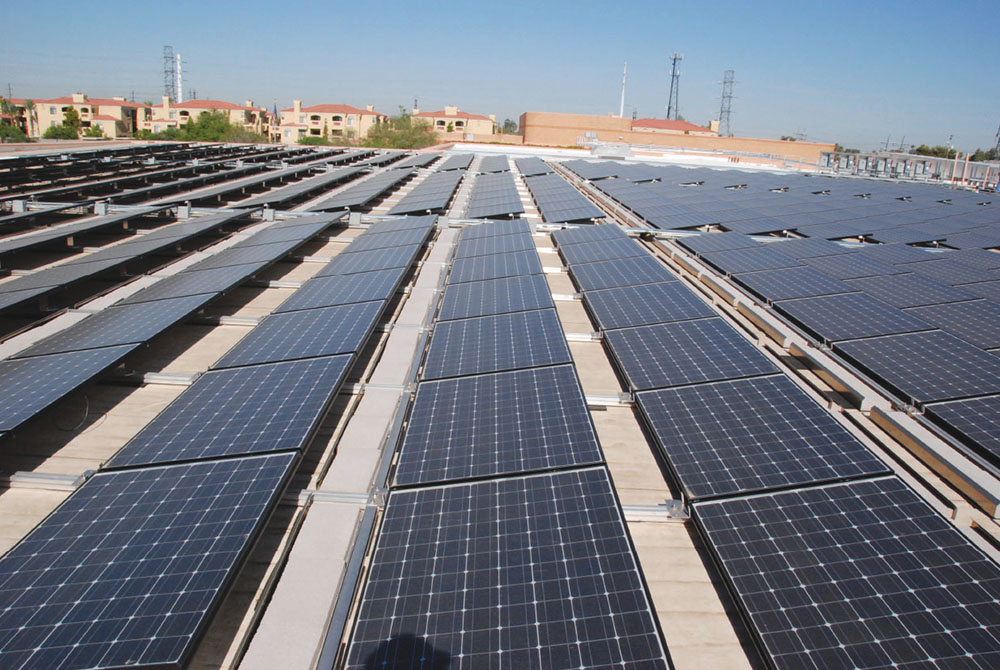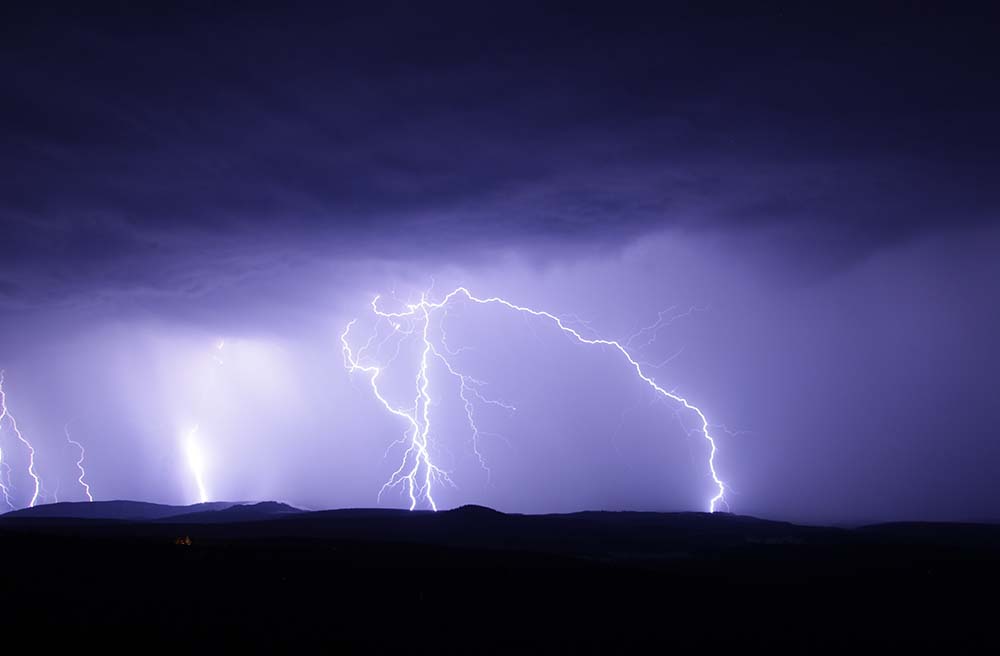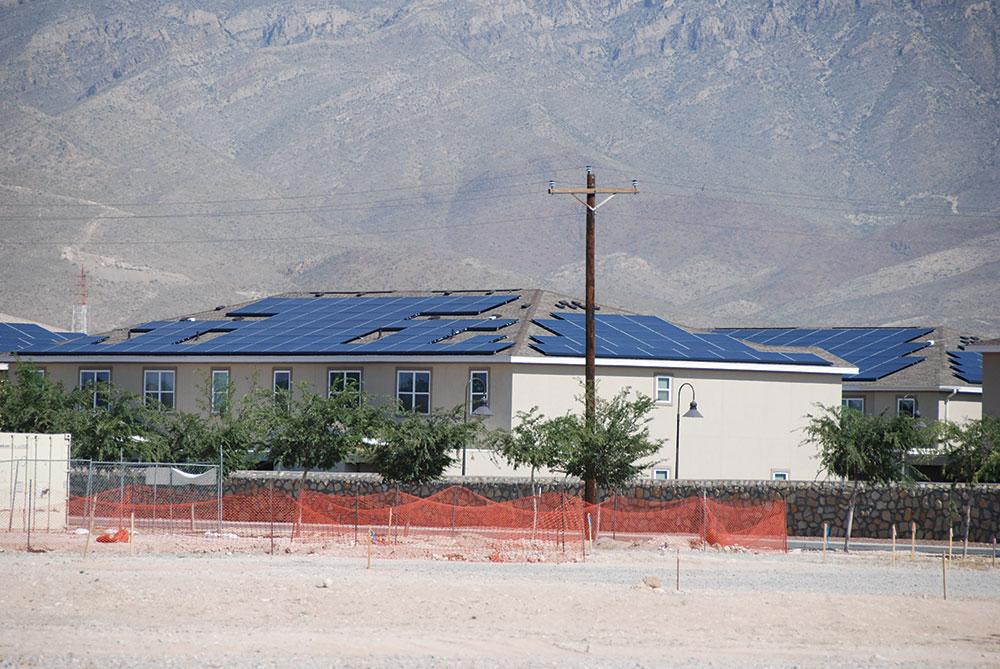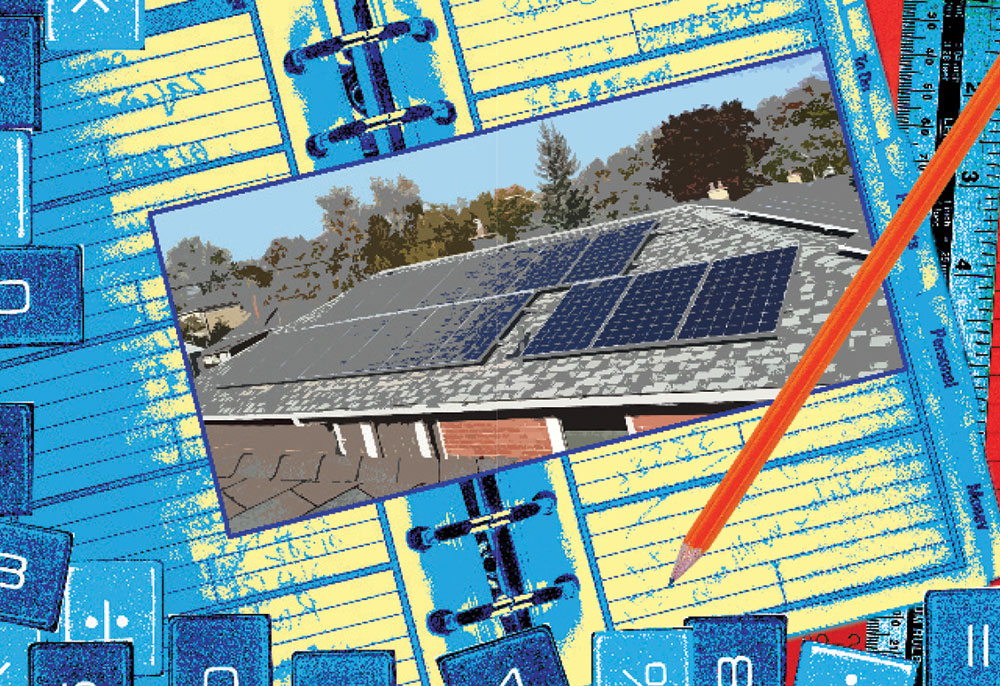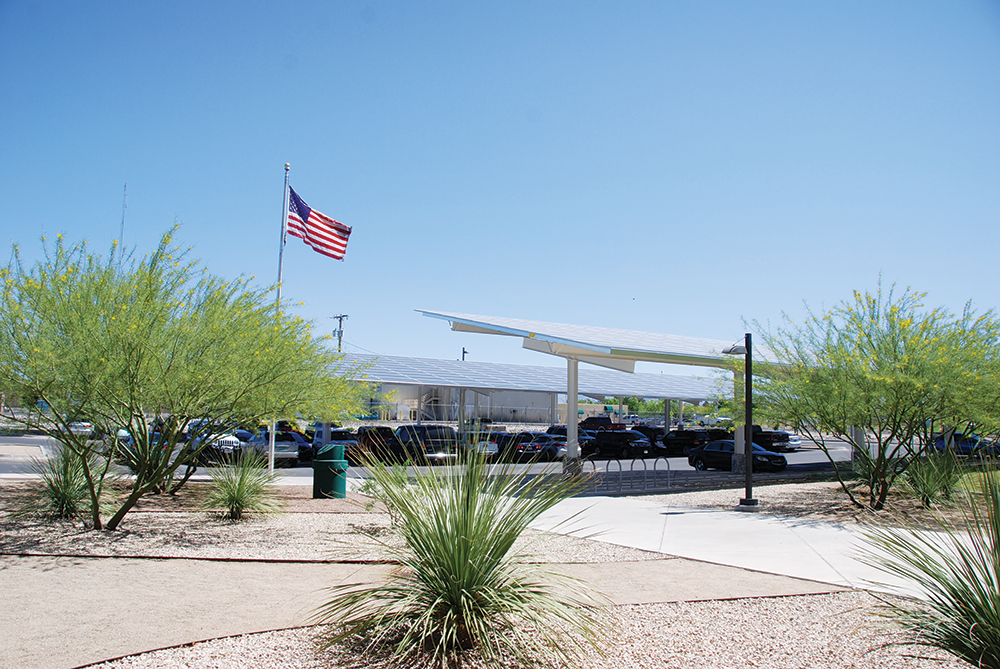Before we get into the details of conductors, currents, and circuit protection on the AC side of the PV system, let’s step back and try to get a bigger picture of where are some of the dangers or hazards that need to be considered.
From an electrician’s, PV installer’s, or electrical inspector’s point of view, the currents start at the PV module—at least for the dc solar part of the system.
PV systems, small and large, residential, commercial, and utility-scale are becoming more complex every year and with every Code cycle.
Training and continuing education of Plan Reviewers and Inspectors are absolutely essential to having qualified, competent, professional people that are fully capable of discharging the responsibilities of ensuring the safety of the public.
Continuing decreases in the cost of photovoltaic (PV) power systems have resulted in residential and commercial PV systems that are increasing in size and power output.
In this article, overcurrent protection for direct current(dc) and alternating current (ac) PV circuits will be addressed.
In this article, we will look at the dc currents in the PV system and see how they vary with the environment and how the Code is modified from the normal requirements to deal with these variations.
The direct current output of a dc PV module varies with the sunlight intensity, the temperature of the module, and the load connected to that module.
Photons (solar energy from sunlight) hit a PV module and electrons (electrical energy) come out. The amount of electricity (volts and amps) a PV module will produce is proportional to the amount of sunlight shining on the module (more is better),






